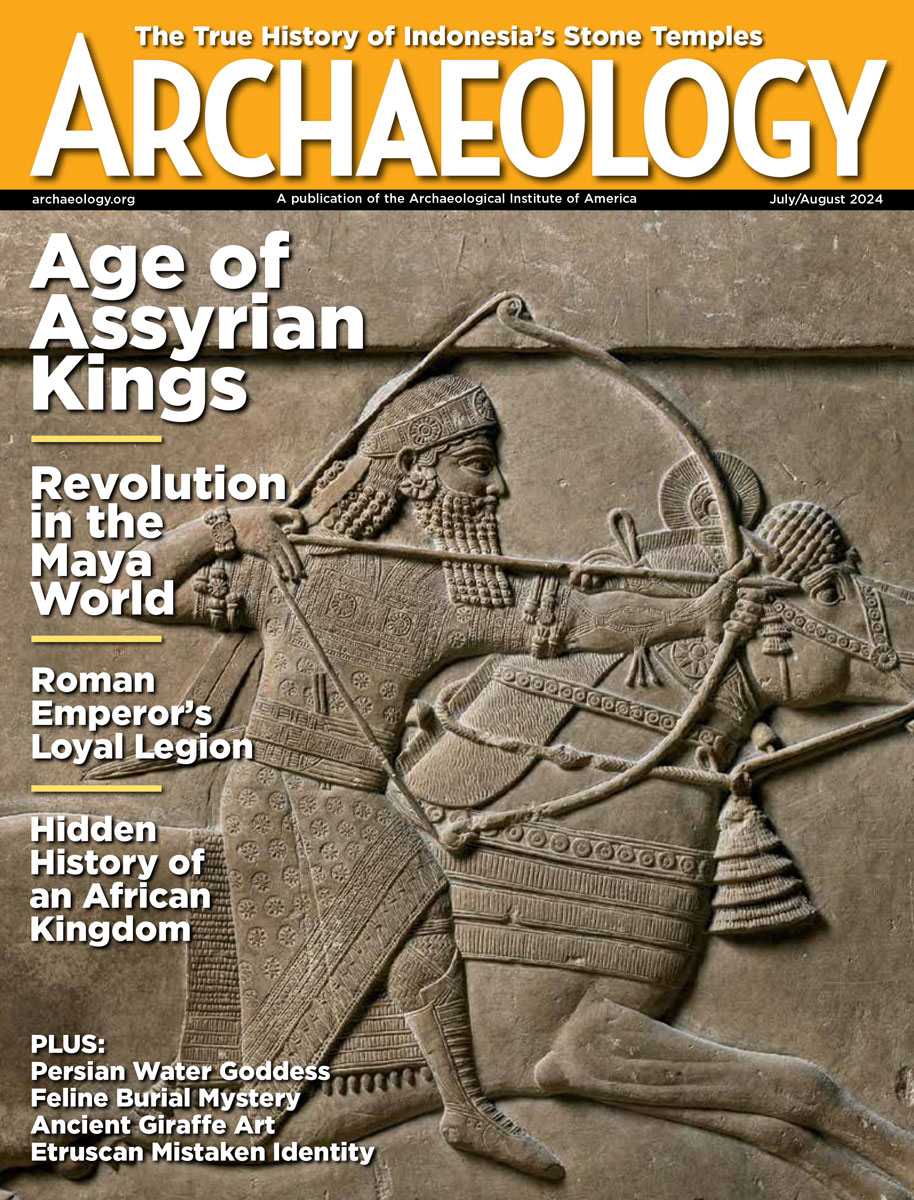Wednesday, April 9
April 9, 2008
Bureau of Reclamation archaeologists exhumed a cemetery near Fort Craig in New Mexico after receiving a tip that the site had been looted over the past 30 years. The article glibly refers to Dee Brecheisen, who reportedly kept the remains of a Civil War soldier he’d dug up on display in his house, as an “amateur historian.”
Here’s an update from the BBC on the first dig at Stonehenge in 40 years. Archaeologists have located two sockets where the site’s original bluestones once stood. Be sure to watch the three videos for the most information.  Â
A large fragment of a marble equestrian statue was uncovered at the Colosseum, and is thought to have once adorned an archway above the Imperial entrance to Rome’s amphitheater. Â
A vacant lot in southwest Florida that was once a campsite for Tequesta Indians is being excavated before the area is developed any further. Â
This week marks the fifth anniversary of the looting of the Iraq Museum in Baghdad. Â
A Michigan man found a copper celt, or ax blade, while looking for coins with a metal detector. “I was about to throw it in the garbage, and I held it up and I saw the honed edge on it,” he said. The blade could be between 3,000 and 5,000 years old. Â
More than 150 Chinese artifacts smuggled to Denmark will be returned tomorrow.
- Comments Off on Wednesday, April 9
Tuesday, April 8
April 8, 2008
Scholars gathered to discuss possible reasons why the Ancient Puebloans packed up their homes on the Colorado Plateau and migrated south into Arizona and New Mexico. Most think a combination of drought, warfare, an increasingly complex society, and possibly a new religion prompted the move. “Over all conditions were pretty darn bad in the 1200s. But they were not maybe all that worse than they were in the 900s, and yet some people hung on then,” said Timothy A. Kohler of Washington State University.
In South Carolina’s Lowcountry, archaeologists are looking for traces of buildings from the Theus Plantation before developers move in. Â
Archaeologist Bill Iseminger has worked at Cahokia Mounds State Historic Site in Illinois since 1980. “It’s the largest archaeological site in America, so it’s kept my interest all these years. There is so much we don’t know, a lot of questions we have about what happened here,” he said in this article about plans for this World Heritage site. Â
Archaeologists will search a bay in northern Scotland for Viking artifacts. Â
An archaeologist has reportedly volunteered to follow the progress of Fergus Drennan, a.k.a. “The Roadkill Chef,” who will spend the next 12 months living on foraged food. “By the end of the year I intend to have a full set of clothes from boots and trousers to a jacket, made from animal skins. I’m researching the whole tanning process at the moment,” he said. Â
An eight year old girl discovered a button from a Civil War soldier’s uniform while flying her kite at Delaware Valley College in Pennsylvania.
- Comments Off on Tuesday, April 8









